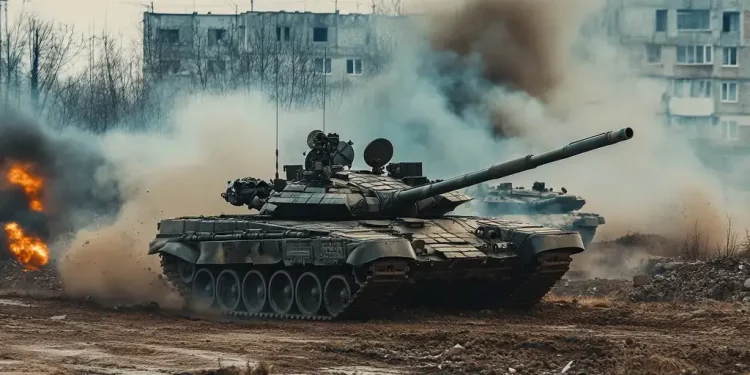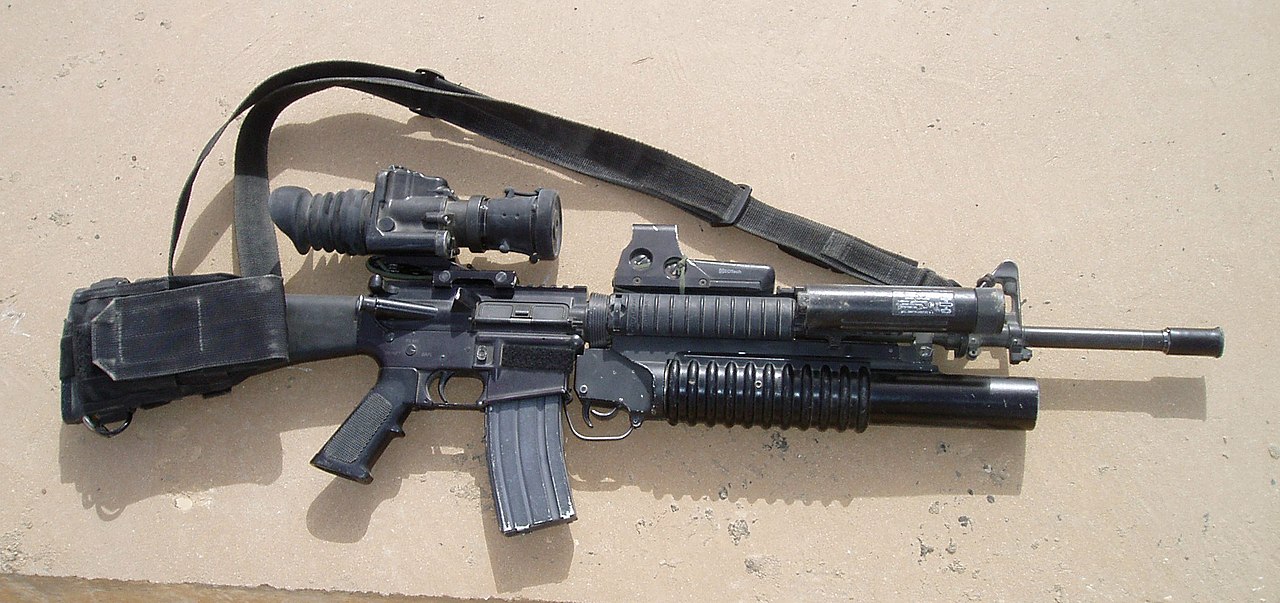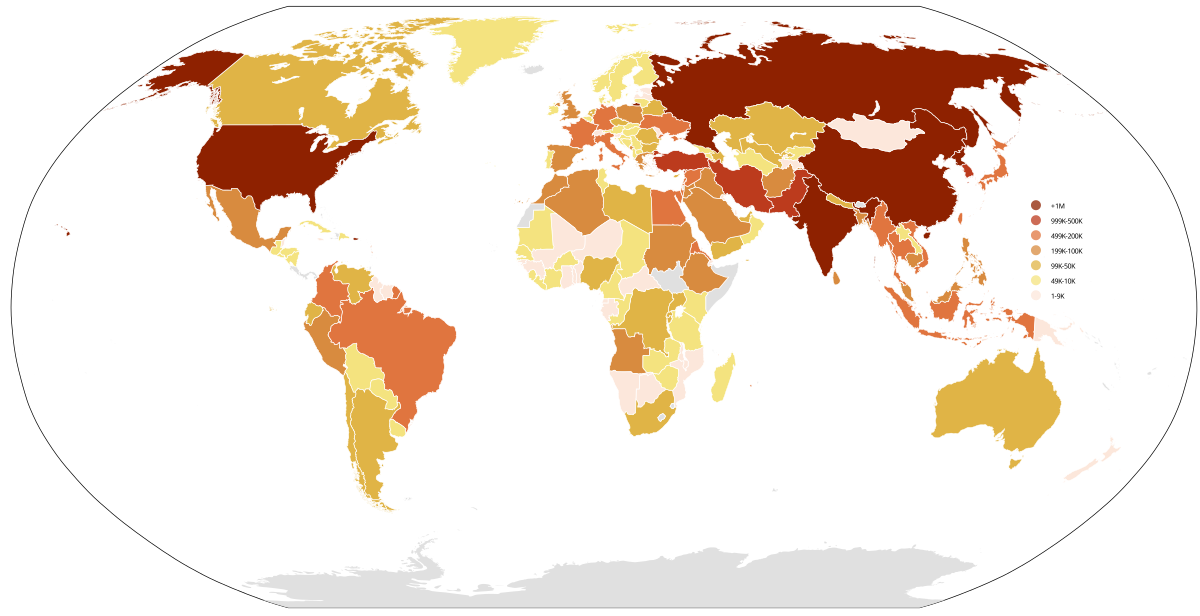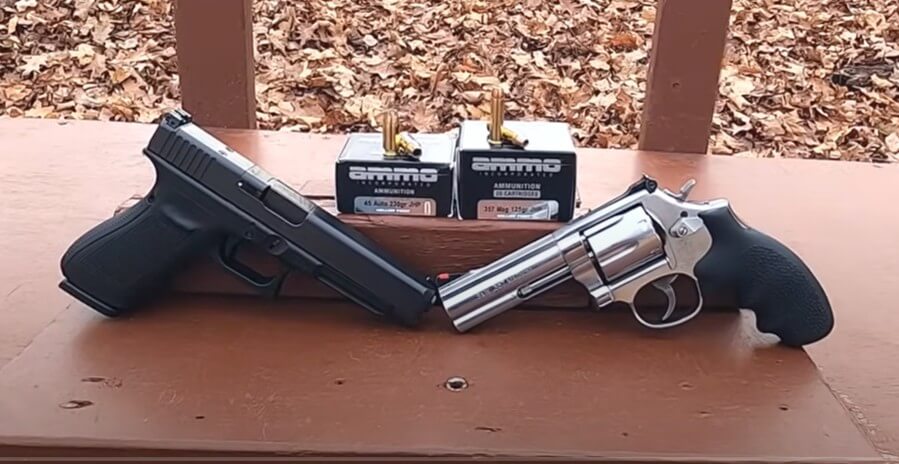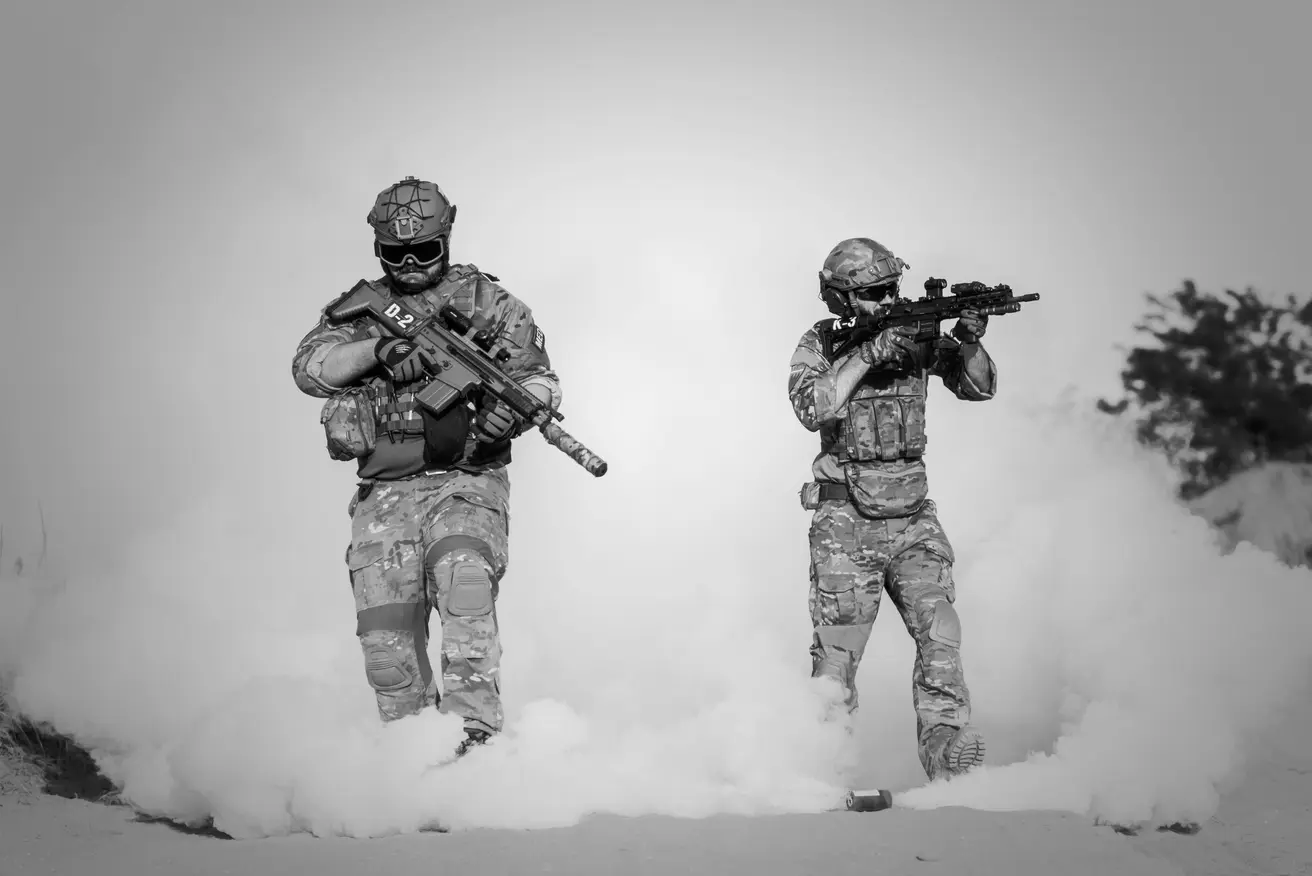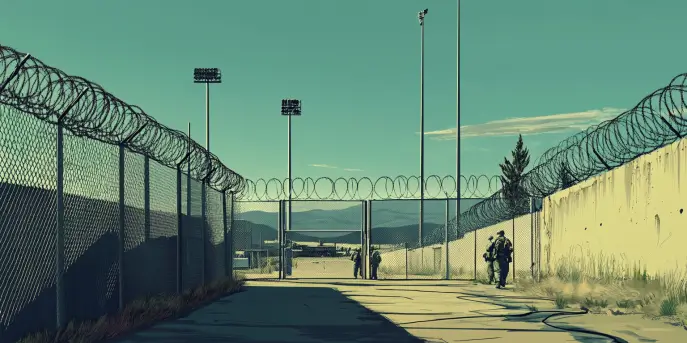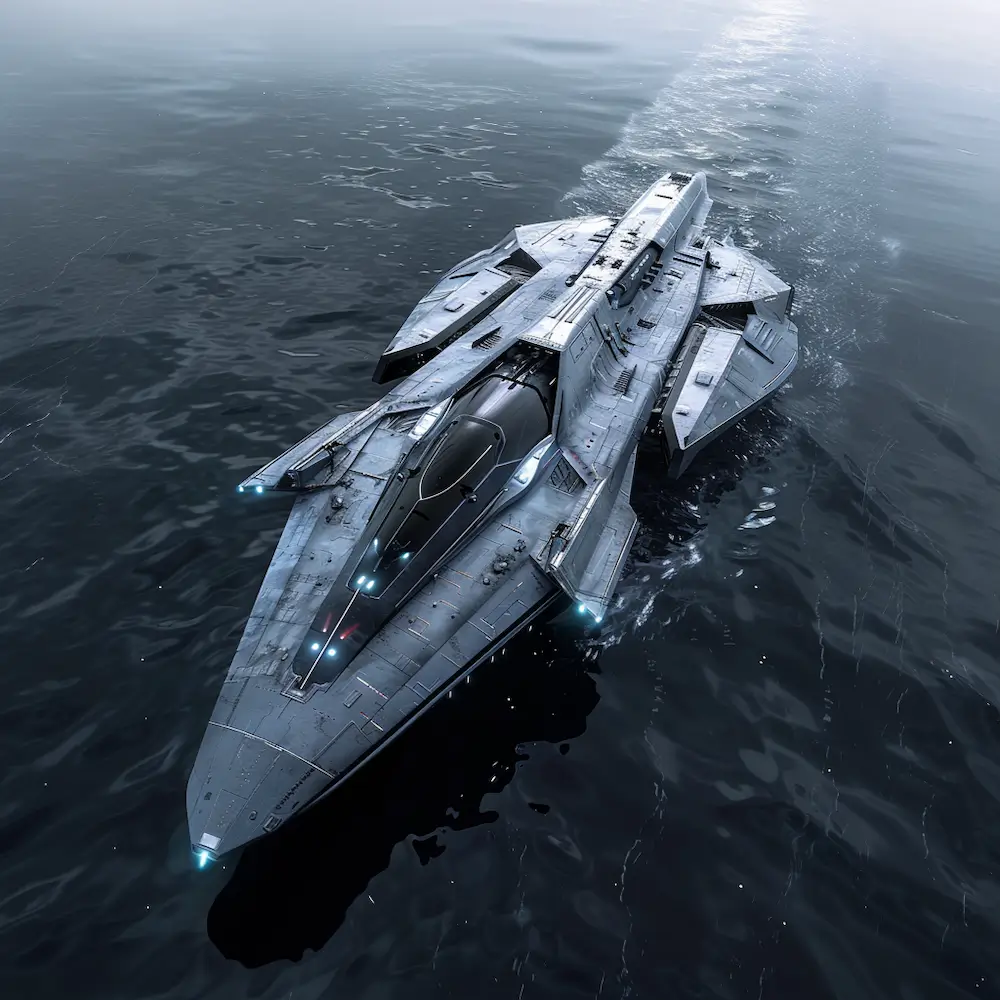The Evolution of Tank Warfare in Ukraine
The conflict in Ukraine has transformed the landscape of modern warfare, with tanks playing a pivotal role in determining control over contested territories. Among the various types of military hardware, tanks have consistently proven their worth on the battlefield, providing both offensive power and defensive capabilities.
Key Contenders in the Ukrainian War
Several tank models have been actively used in the Ukrainian war, each with its own strengths and weaknesses. The primary contenders include:
- T-64BV
- T-72B3
- T-80U
- BM Oplot
- T-90A
Detailed Analysis: The Tanks in Action
Let’s take an in-depth look at these tanks and assess their performance, considering factors such as firepower, armor protection, mobility, and technological advancements.
T-64BV
The T-64BV, an upgraded version of the Soviet-era T-64, has been a mainstay of the Ukrainian Armed Forces. This tank is equipped with:
- 125 mm smoothbore gun
- K5 explosive reactive armor
- 1,000 horsepower engine
Strengths: The T-64BV’s upgraded armor provides enhanced protection, while its firepower is adequate for most battlefield scenarios.
Weaknesses: Despite its upgrades, the T-64BV shows its age, struggling with mobility and reliability issues.
T-72B3
The T-72B3 is a modernized version of the T-72, fielded by both Ukrainian and Russian forces. It features:
- 125 mm 2A46M-5 smoothbore gun
- Relikt ERA (Explosive Reactive Armor)
- V-92S2F engine with 1,130 horsepower
Strengths: The T-72B3 strikes a balance between firepower, protection, and mobility. Its ERA offers good defense against anti-tank weaponry.
Weaknesses: The main drawback is the ergonomics and space limitations for the crew, which can affect operational effectiveness.
T-80U
The T-80U is another vital player, utilized particularly by Russian forces. Key features include:
- 125 mm 2A46M-1 smoothbore gun
- Kontakt-5 ERA
- Gas turbine engine with 1,250 horsepower
Strengths: The T-80U’s gas turbine engine provides excellent mobility and speed, which is advantageous for rapid deployments and maneuvers.
Weaknesses: Its gas turbine engine, while powerful, is less fuel-efficient and can be more challenging to maintain in the field.
BM Oplot
Ukraine’s BM Oplot is a modern main battle tank known for its advanced systems and protection. It includes:
- 125 mm smoothbore gun
- Duplet ERA
- 6TD-2E diesel engine with 1,200 horsepower
- Advanced fire control systems
Strengths: The BM Oplot stands out due to its modern defensive systems and superior fire control, making it highly effective in combat scenarios.
Weaknesses: The primary limiting factor is its number and availability. So far, only a limited number of BM Oplots have been produced and fielded.
T-90A
Representing the pinnacle of Russian tank technology, the T-90A features innovations that enhance its combat performance:
- 125 mm 2A46M-5 smoothbore gun
- Kontakt-5 ERA
- V-92S2 engine with 1,000 horsepower
- Explosive reactive armor and Shtora-1 countermeasures system
Strengths: The T-90A’s combination of firepower, advanced protective systems, and countermeasures makes it one of the most formidable tanks on the battlefield.
Weaknesses: The T-90A is resource-intensive, requiring substantial logistics and maintenance support to keep operational.
Head-to-Head Comparison
| Tank Model | Primary Gun | Armor | Engine Power | Key Feature |
|---|---|---|---|---|
| T-64BV | 125 mm | K5 ERA | 1,000 HP | Affordability |
| T-72B3 | 125 mm | Relikt ERA | 1,130 HP | Balance |
| T-80U | 125 mm | Kontakt-5 ERA | 1,250 HP | Speed |
| BM Oplot | 125 mm | Duplet ERA | 1,200 HP | Advanced Systems |
| T-90A | 125 mm | Kontakt-5 ERA | 1,000 HP | Countermeasures |
Conclusion: The Best Tank Deciphered
While each tank has its own strengths and weaknesses, determining the ‘best’ tank in the Ukrainian war hinges on the specific context of its usage. The BM Oplot’s advanced systems make it stand out in controlled scenarios, the T-90A’s robust feature set grants it an edge in direct engagements, and the T-80U’s mobility offers strategic advantages during rapid offensives.
Ultimately, the ‘best’ tank is contingent upon the needs of the moment, whether it’s firepower, protection, mobility, or technological superiority. What remains clear is that tanks will continue to play an instrumental role in the ongoing conflict, defining the course of engagements and the broader war in Ukraine.
